To maintain clean and safe pool water, new pool owners need to acquaint themselves with various pool chemicals. Chlorine, which effectively kills bacteria and contaminants, is the most common chemical used in pools. Its distinct smell, chloramines, is usually noticeable near chlorinated pools.
Besides chlorine, algaecides are also commonly used to prevent algae growth, while pH balancers are crucial in maintaining healthy pH levels in the water. Shock treatments are also necessary to address sudden contamination level increases.
To maintain clean and safe pool water, new pool owners need to acquaint themselves with various pool chemicals. Chlorine, which effectively kills bacteria and contaminants, is the most common chemical used in pools. Its distinct smell, chloramines, is usually noticeable near chlorinated pools.
Besides chlorine, algaecides are also commonly used to prevent algae growth, while pH balancers are crucial in maintaining healthy pH levels in the water. Shock treatments are also necessary to address sudden contamination level increases.
For beginners, understanding the different types of pool chemicals available is vital in ensuring pool safety and cleanliness. To assist new pool owners in selecting the necessary chemicals, we aim to provide a pool chemicals guide, including which chemicals are needed during the first-time pool chemical application.
Keeping Your Pool Clean: Sanitizers
Maintaining a clean and safe swimming pool is crucial. And the choice of sanitizer used can significantly impact the quality of the water. There are various types of sanitizers available, including:
• Chlorine
• Bromine
• Biguanide
• Mineral Systems
• and Salt Generators using electrolysis which can help reduce chemical levels, depending on your specific requirements.
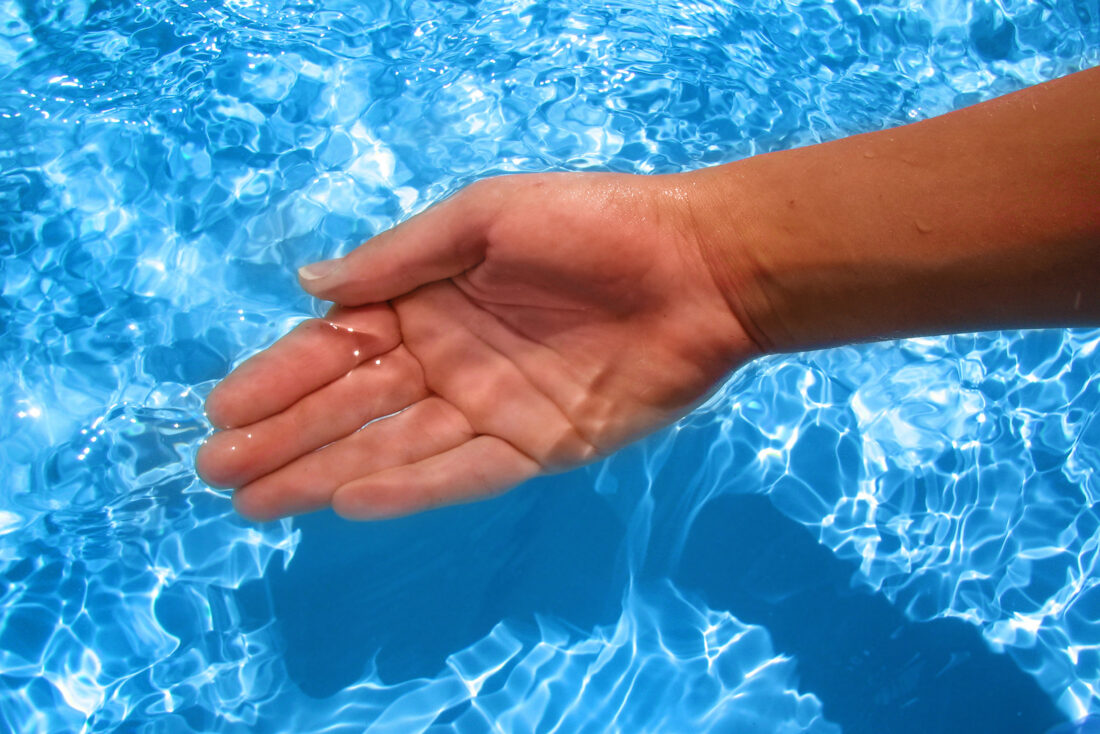
Chlorine is a commonly used sanitizer that is effective in killing bacteria but may cause skin and eye irritation for some swimmers. There are two types of chlorine available – stabilized and unstabilized. Stabilized chlorine contains a chemical compound such as cyanuric acid, which allows the chlorine to last longer in sunlight and heat. In contrast, unstabilized chlorine, lacking this compound, is more effective in less sunny environments. It’s vital to replace unstabilized chlorine frequently since its effectiveness diminishes rapidly. Generally speaking, stabilized chlorine is more suitable for outdoor pools in sunny climates, whereas unstabilized chlorine is better suited for indoor or shaded outdoor pools.
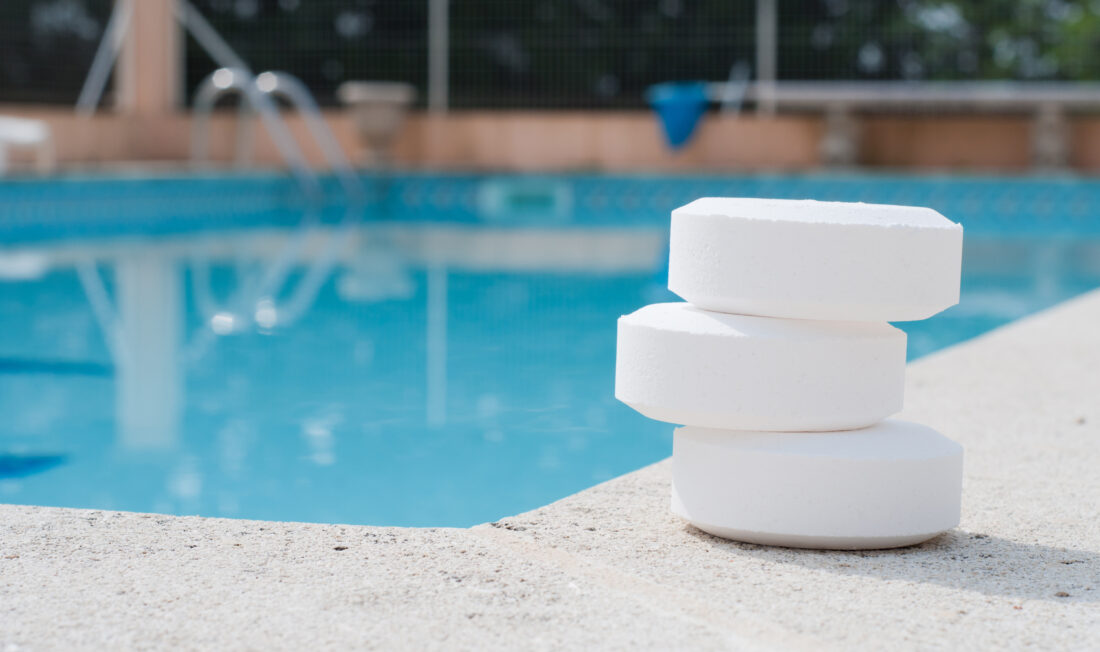
Bromine has a milder effect but still efficiently controls bacteria levels. It works by killing bacteria and other microorganisms that can cause health issues and prevents algae growth, which is essential for maintaining water clarity and reducing the need for frequent cleaning. Bromine works differently from chlorine but is just as effective, and it doesn’t evaporate quickly when exposed to sunlight, making it ideal for keeping pools clean.
Mineral systems often come as a chlorine alternative and contain silver that helps decrease microorganisms, while salt systems rely on electricity to create chlorines from dissolved salts.
Biguanide is an efficient sanitizer for swimming pools that differs from traditional chlorine-based pool treatments. It works by producing hydrogen peroxide, which breaks through microbial cell walls, killing off microorganisms. Biguanide doesn’t produce the strong odor associated with chlorine and is less corrosive than other chemical treatments, making it easier on swimmers’ skin, eyes, and hair. It also helps to clarify the water and reduce discoloration. Also known as polyhexamethylene biguanides (PHMB), this sanitizer has proven to be quite successful in keeping swimming water healthy.
Understanding each type of sanitizer can help you make an informed decision about the one that best fits your pool’s needs for maximum cleaning capabilities.
Shocking Your Pool
To maintain the best performance of your swimming pool, pool shock is a chemical blend that can be used. This method, also known as “superchlorination,” functions as a sanitizer and oxidizer by eliminating dangerous bacteria, algae, and other pollutants in the water with a powerful dose of chlorine. Additionally, it decreases chloramines, which cause an unpleasant scent and eye irritation. Typically, pool owners frequently apply shock to their water to ensure it is clean and safe for all swimmers, enhancing the overall enjoyment of the pool.
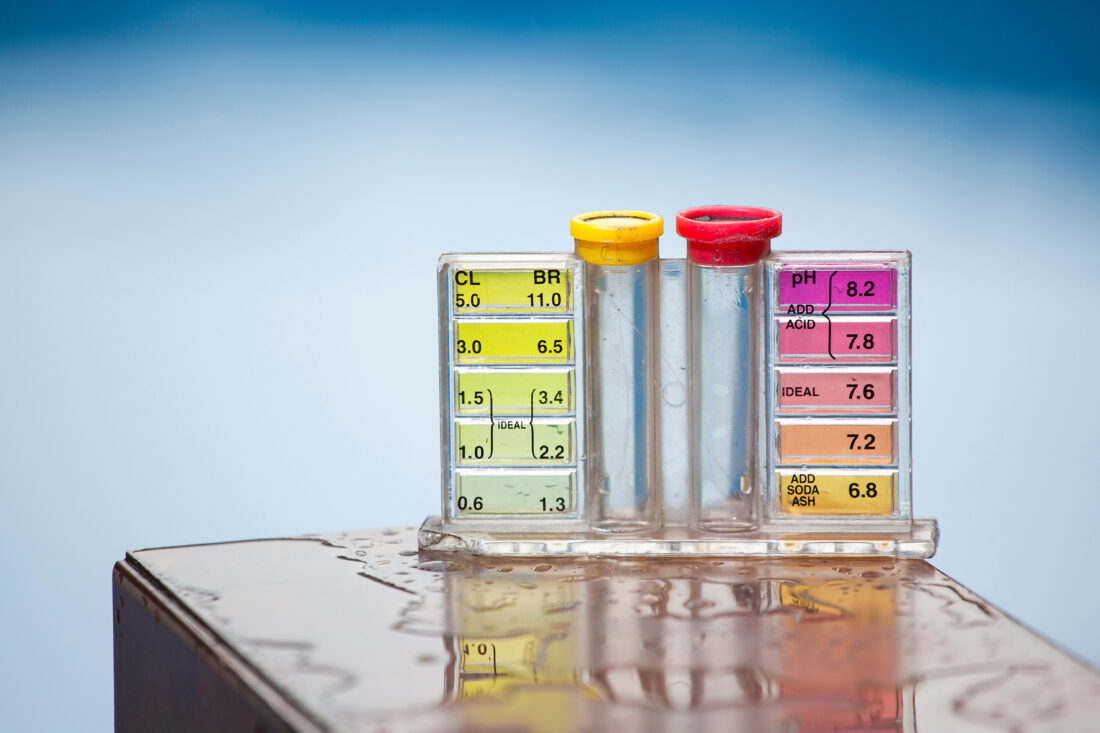
Keeping a Healthy pH Balance
Maintaining a safe and healthy swimming pool requires the careful balance of pH and alkalinity levels, which can be a time-consuming task. pH is a measure of acidity or alkalinity, with a neutral score of 7, and a range of 7.4 to 7.6 is recommended for pool water. To achieve this, pool owners should keep pH increasers and decreasers on hand to adjust levels as needed.
Alkalinity is also important in maintaining pH levels, and if it is too low, an alkalinity increaser or baking soda can be used. While there is no specific product to decrease alkalinity, pH decreasers can lower both pH and alkalinity levels if they get too high. By monitoring and adjusting pH and alkalinity levels, pool owners can ensure a safe and enjoyable swimming experience for everyone.
Understanding Calcium Levels
Growing up, we were taught about the importance of calcium in building strong bones and teeth. As a pool owner, you’ll learn that keeping an eye on your pool’s calcium hardness levels is equally important. Maintaining proper calcium hardness is crucial for preventing unsightly scaling on the pool’s surfaces and equipment damage caused by excessive calcium. On the other hand, low calcium levels can cause corrosiveness to the pool surfaces, leading to significant maintenance costs.
To maintain proper calcium levels, pH decreases are necessary as high pH can often result in calcium hardness issues. If you’re still experiencing high calcium levels despite having the correct pH levels, you can use a flocculant or clarifier to decrease them. If your levels are low, you can use calcium hardness increaser to prevent corrosion.
It’s essential to note the difference between flocculants and clarifiers. Clarifiers are a temporary fix for cloudy pool water caused by particles, while flocculants make particles bind together and sink to the pool’s bottom, providing a long-term solution that can be vacuumed out.
The Key to a Healthy Pool? Testing!
Consistent testing is crucial in maintaining your pool’s chemical balance, regardless of your familiarity with the necessary chemicals. To keep track of the pH levels, chlorine level, total alkalinity, calcium hardness, and other aspects of your pool chemistry, it’s important to have a testing kit and testing strips on hand at all times.
We hope this guide has provided you with the necessary knowledge and confidence to properly manage your pool chemicals. Be sure to check back regularly for additional educational guides and pool maintenance tips. If you’re interested in upgrading your pool accessories, such as American-made pool slides, ladders, railings, swim-up bars, diving boards, and pool games, you can find a Global Pool Products dealer near you for more information.

Need testing equipment? Pool Warehouse has you covered!
Pool Warehouse offers a wide variety of testing equipment and all of the chemicals you need to keep your water crystal clear all summer long. We recommend the Taylor Technologies K 2005C Service Complete Test Kit for all of your testing needs.
Need chemicals?
Pool Warehouse has everything you need in stock and ready to ship! Shop chemicals HERE
Pool Warehouse
America's Favorite Pool Store, building backyard dreams since 1996!
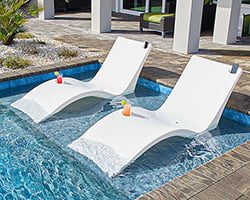


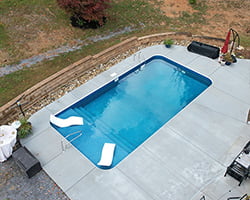


 What are our customers saying?
What are our customers saying?
